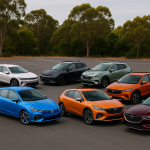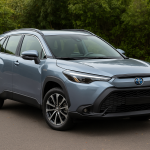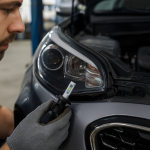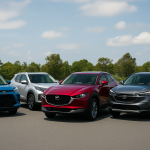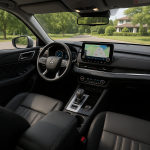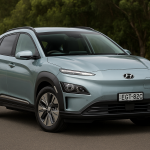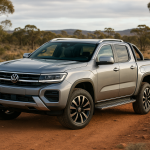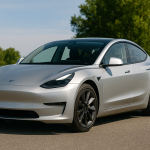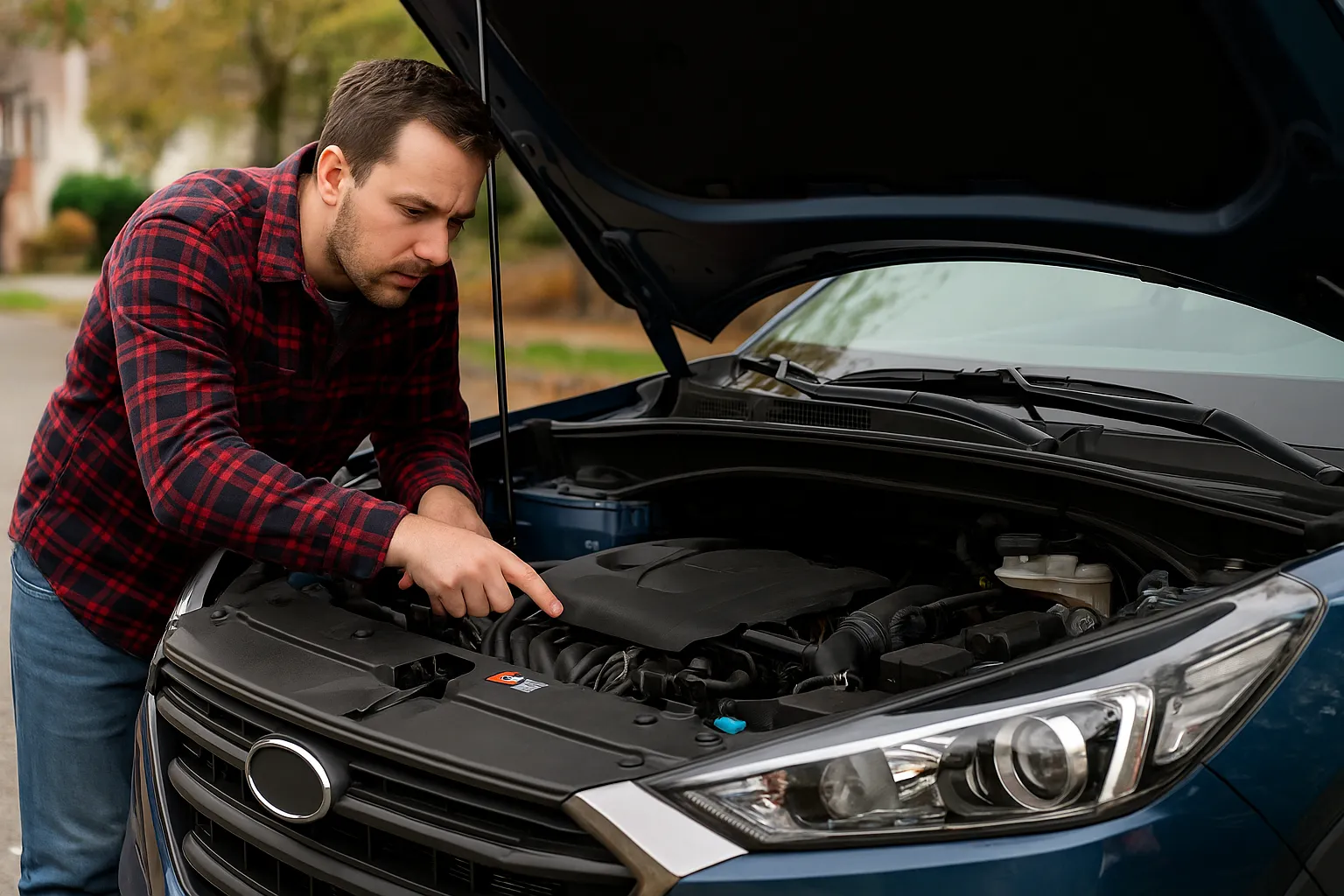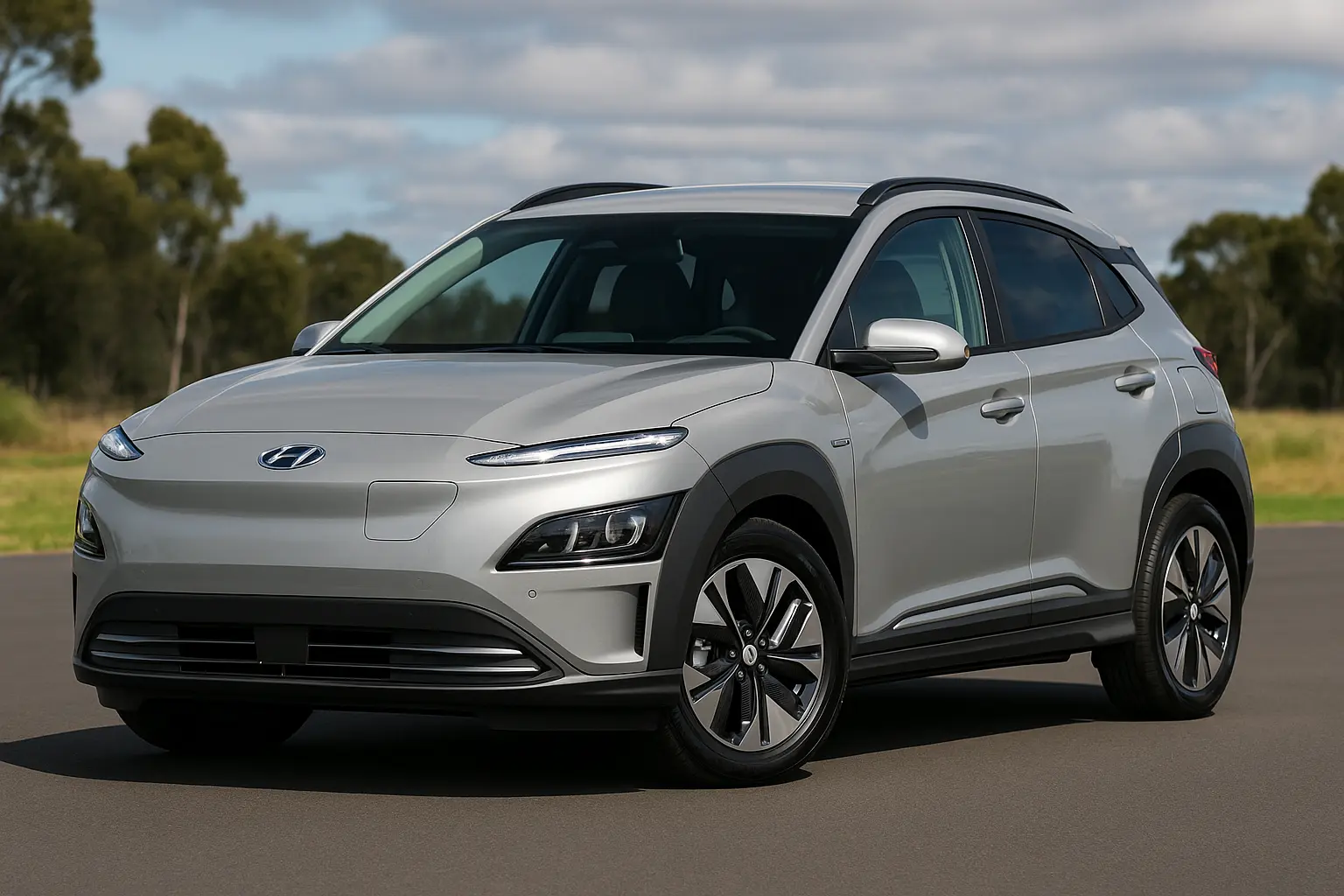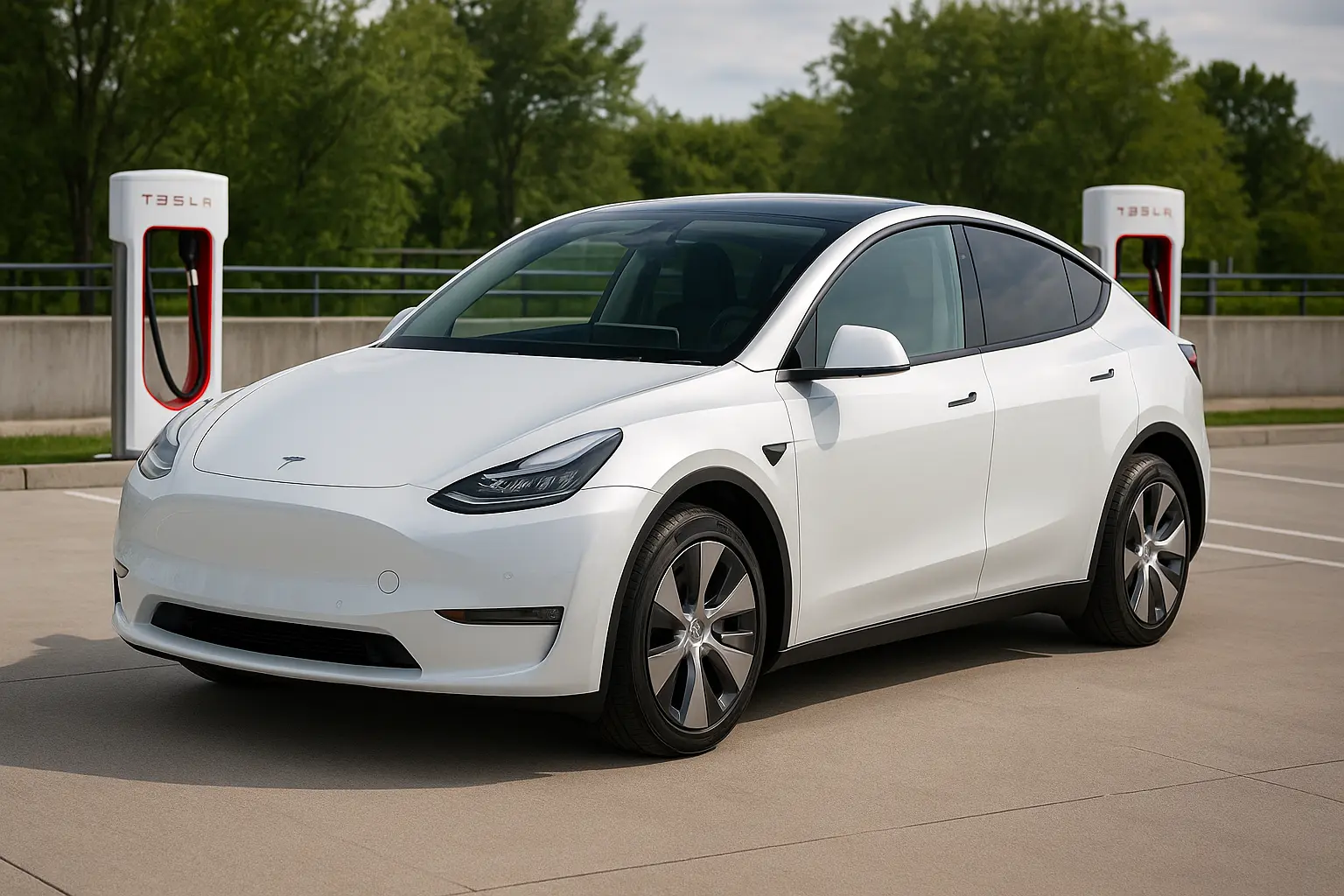What to Check Before Buying a Used Car in Australia – 2025 Checklist
Introduction: Why Buying a Used Car Makes Sense in 2025
Australia’s car market in 2025 is facing an interesting mix of high new car prices, long wait times for some models, and a flourishing used car segment. Whether you're a first-time buyer, downsizing, or looking for a budget-friendly second vehicle, buying used can be a smart move — if you do it right.
The problem? Many buyers make avoidable mistakes that cost them thousands. From hidden mechanical issues to dodgy paperwork, buying a second-hand car without a proper checklist can lead to costly regrets.
This blog gives you a complete checklist for buying a used car in Australia — with expert-level detail tailored for 2025 buyers. Let’s make sure your next used car is a safe, reliable, and value-packed purchase.
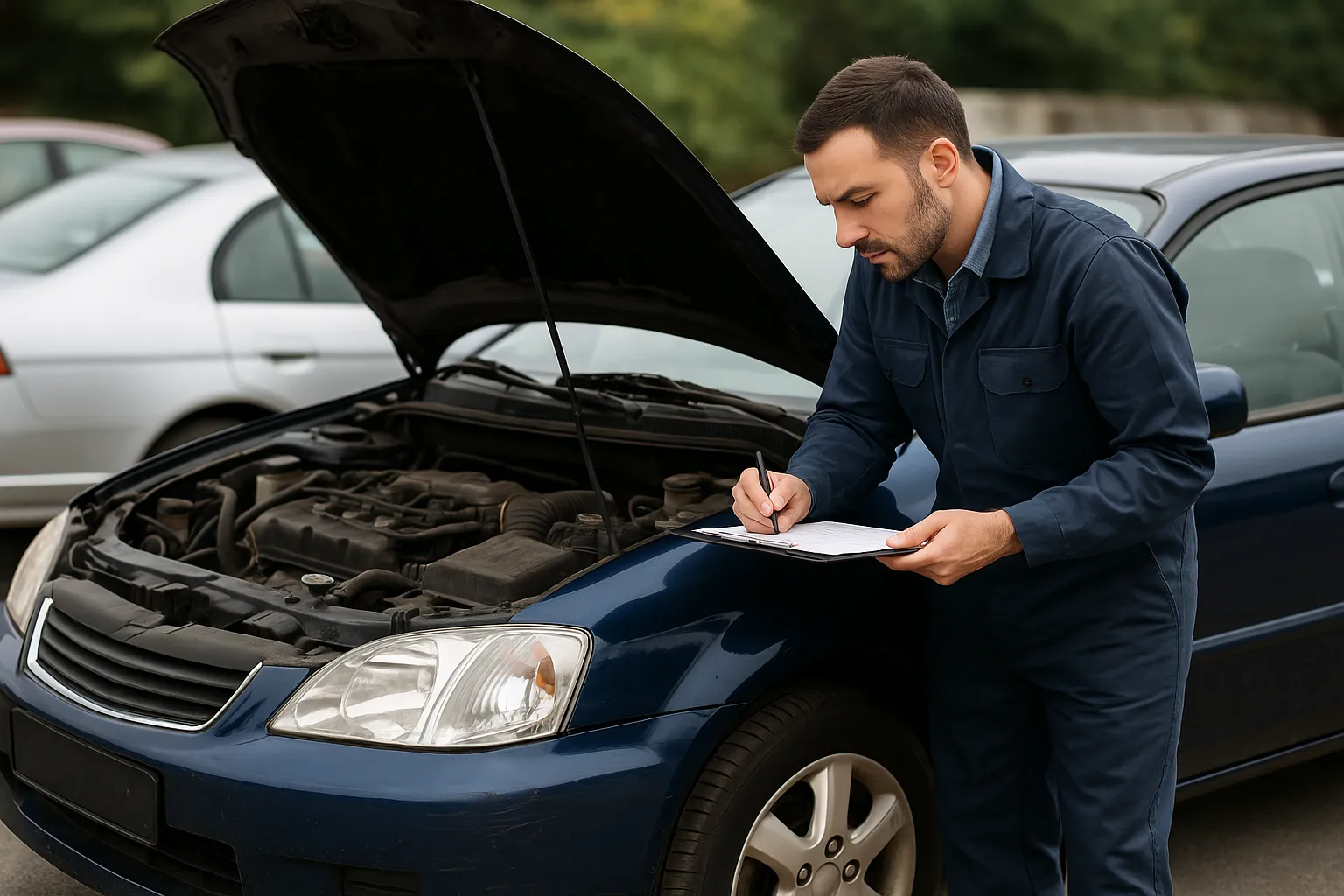
1. Set a Realistic Budget (and Include Hidden Costs)
Before you even browse used car listings, you need to decide:
- How much can you afford to spend?
- What type of car suits your needs?
- How much will it cost to run and maintain?
Budget Considerations:
- Purchase Price: Used cars under $25,000 are widely available.
- Stamp Duty: Varies by state.
- Registration Transfer Fee: Usually between $20 to $100.
- Insurance: Get a quote before buying.
- Servicing & Repairs: Budget at least $500–$1000 for post-purchase inspection and service.
- Future Maintenance: Are parts cheap and available? Is it a reliable model?
2. Do Market Research First
Before committing to a specific car or seller:
- Compare prices across Carsales, Drive, Gumtree, Facebook Marketplace, Autotrader, etc.
- Use Redbook or Glass's Guide to check fair market value.
- Check historical resale values for the model.
- Know the common issues with that make/model/year. (Forums like Whirlpool or ProductReview.com.au help.)
3. Choose the Right Used Car for Your Lifestyle
In 2025, the Australian used car market is flooded with options — from petrol hatchbacks and diesel utes to hybrids and even EVs.
Ask yourself:
- City driving or regional/rural?
- Do you need 4x4 or AWD?
- Manual or automatic?
- Petrol, diesel, hybrid or electric?
- Family SUV or solo hatchback?
Popular Used Car Categories in 2025:
| Category | Examples |
|---|---|
| Small Hatchbacks | Toyota Corolla, Hyundai i30, Mazda 3 |
| Budget Sedans | Honda Civic, Subaru Impreza |
| Used SUVs | Mazda CX-5, Toyota RAV4, Mitsubishi Outlander |
| 4x4 Utes | Ford Ranger, Toyota HiLux |
| Hybrids | Toyota Prius, Camry Hybrid |
| Electric | Nissan Leaf, MG ZS EV (early models) |
4. Check the Car’s History (Don’t Skip This Step)
This is where most buyers go wrong.
Before handing over a dollar, check:
✅ PPSR Report (Personal Property Securities Register)
Check if the car is:
- Stolen
- Written off
- Under finance (encumbered)
You can get this for ~$2 from the official PPSR website (ppsr.gov.au).
✅ Service History
Ask for:
- Logbooks stamped by authorised mechanics
- Major servicing milestones (e.g., timing belt replaced, brake pads, etc.)
- Consistent servicing (every 10,000–15,000km)
✅ VIN and Engine Number Match
Check the VIN and engine number on the:
- Registration papers
- Service book
- Car’s chassis and engine bay
5. Inspect the Car in Daylight (and in Person)
Never buy a car based on photos alone. Always inspect in daylight with a friend or mechanic.
Exterior Checks:
- Body panels aligned? Inconsistent gaps = possible accident repair.
- Scratches, dents, rust? Rust around wheel arches and underbody is a red flag.
- Paintwork consistent? Repainting could hide past damage.
- All lights working?
Interior Checks:
- Seat belts retract and clip correctly?
- Dashboard warning lights clear?
- Air conditioning, heater, windows, mirrors all working?
- Check for musty smells (could mean water damage or mould).
- Test infotainment system and reverse camera.
Tyres and Wheels:
- Are all 4 tyres the same brand and model?
- Tread depth legal (min. 1.5mm)? Use a coin or tread gauge.
- Uneven tyre wear = suspension/alignment issues.
6. Under the Bonnet – DIY Mechanical Checks
Even if you're not a mechanic, basic checks can save you from lemons.
- Oil Level & Colour: Brown/black is OK, but milky oil = blown head gasket.
- Coolant: Should be green or red, not brown.
- Leaks: Check under the car for oil or coolant leaks.
- Battery Age: Look for a manufacture date (typical life: 3–5 years).
- Belts and Hoses: Cracks or wear indicate age.
7. Take It for a Proper Test Drive
A quick spin around the block isn’t enough.
During the test drive:
- Start the engine from cold — any smoke?
- Does it idle smoothly?
- Brakes firm and responsive?
- Steering centred and no vibration?
- No weird clunks or knocks over bumps?
- Check cruise control, radio, all windows and locks.
- Reverse, hill starts, highway speed – test everything.
Bring a trusted friend or mechanic if you're unsure.
8. Get a Pre-Purchase Inspection (Highly Recommended)
A professional inspection costs $150–$300 and is 100% worth it. Mobile mechanics can visit the seller’s location.
Why it’s important:
- Reveals hidden issues (leaks, gearbox, engine mount issues, etc.)
- Gives you negotiation power
- Can save thousands in future repairs
Many buyers regret skipping this step.
9. Negotiate Like a Pro
Used car prices in 2025 remain high in many segments, but most private sellers build in wiggle room.
Negotiation Tips:
- Use PPSR and inspection report findings to justify a lower offer.
- Be prepared to walk away — don’t get emotionally attached.
- Have cash or finance pre-approved to close quickly.
- Avoid lowballing too hard – especially with well-kept cars.
10. Paperwork and Legal Transfers
When you're ready to buy:
Must-Haves:
- Signed Receipt of Sale (date, names, VIN, price, signatures)
- Registration Certificate
- Roadworthy Certificate (RWC) – required in most states
- Service History Books
- Owner’s manual and spare keys
Registration Transfer:
Check your state’s rules (QLD, VIC, NSW, etc.) on:
- Who’s responsible for rego transfer
- Timeframe to complete
- Transfer fees and stamp duty
Do this quickly to avoid fines or disputes.
11. Watch Out for Scams in 2025
Online used car scams are increasing, especially via Facebook and Gumtree.
Red Flags:
- Sellers who refuse inspection or ask for a deposit first
- “Too good to be true” pricing
- Asking for payment via gift cards or wire transfers
- Cars listed with vague or fake locations
Always meet in person in a safe, public location — ideally at a mechanic’s shop.
12. Consider Ownership Costs and Future Maintenance
Owning the car is just the beginning.
Things to factor in:
- Fuel efficiency (check L/100km ratings)
- Servicing costs (European brands cost more)
- Parts availability
- Insurance premiums (get quotes for multiple insurers)
- Rego renewal costs
- Common repairs for the model
Used hybrids and EVs might have battery degradation risks. Ask about battery history or replacements if applicable.
13. Private Seller vs Dealer – Pros and Cons
| Feature | Private Seller | Used Car Dealer |
|---|---|---|
| Price | Usually cheaper | Slightly higher |
| Warranty | None | Statutory warranty (in some cases) |
| Inspection? | Must organise yourself | Usually pre-inspected |
| Haggling | Easier | More rigid |
| Risk | Higher | Lower if reputable |
14. Checklist Summary – Quick Reference
✅ Set a realistic budget
✅ Research cars and pricing
✅ Match car to your lifestyle
✅ Check PPSR, service history, VIN
✅ Inspect car in daylight
✅ Test drive thoroughly
✅ Get a pre-purchase inspection
✅ Negotiate price smartly
✅ Finalise paperwork and rego transfer
✅ Avoid scams
✅ Understand running costs
✅ Choose private or dealer wisely
Final Thoughts: Knowledge = Power
Buying a used car in Australia in 2025 can be a fantastic decision if you’re armed with the right checklist and don’t skip the essentials. Don’t rush, don’t compromise, and don’t let emotions cloud your judgment.
With this guide, you’re better equipped to find a quality used vehicle that’ll serve you well for years — without nasty surprises.
Leave a comment
Your email address will not be published. Required fields are marked *

